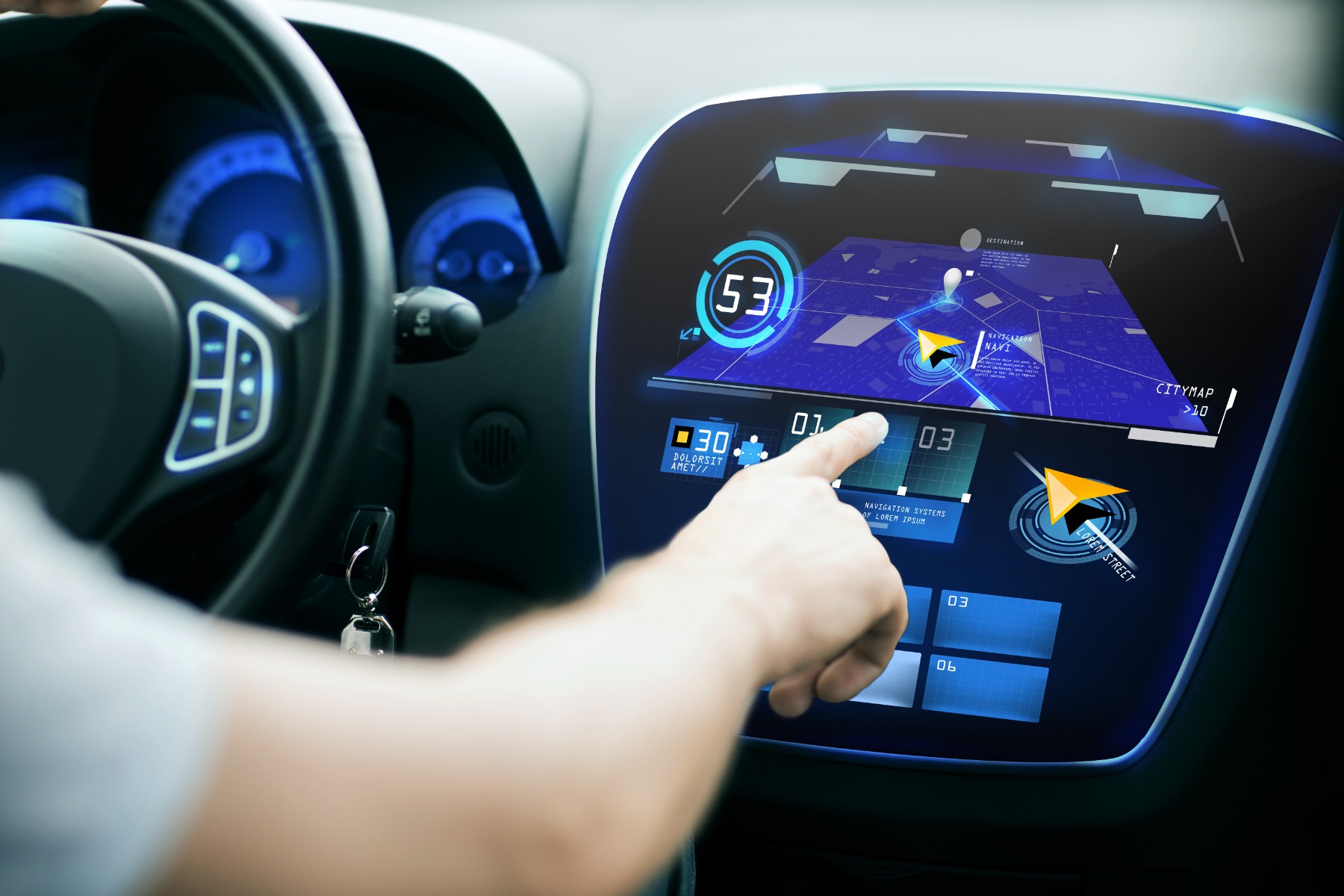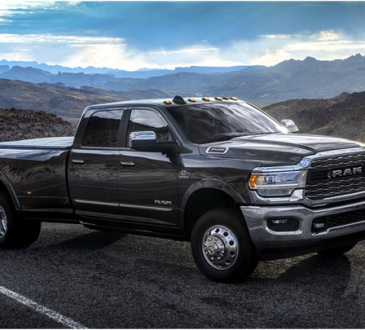Revolutionizing Car Interiors: The Role of Linear Stepper Motors in Automatic Instrument Panels and Infotainment Systems

The automotive industry has always been a hotbed for innovation, with advancements often centered around improving driver and passenger experiences. One of the most notable shifts in modern car interiors has been the rise of dynamic instrument panels and infotainment systems. These developments have fundamentally transformed how vehicles look and function, and at the heart of this transformation lies the application of linear stepper motors.
The deployment of linear stepper motors has given automotive designers the flexibility to create highly customizable, user-centric interiors, while also providing reliable and precise movement. In this article, we will explore the role of linear stepper motors in adjusting automatic instrument panels and infotainment systems and how this technology has changed the game for car interiors. We’ll also touch upon the complementary role of worm gear motor manufacturers in enabling efficient and smooth motorized movements.
The Evolution of Car Interiors
Over the past decade, car interiors have undergone a significant transformation. The days of simple dials and knobs on automobile dashboards are long gone. Today, drivers and passengers expect seamless digital interfaces, touchscreens, and fully automated controls. As consumers demand greater convenience and customizability, automotive engineers have sought solutions that enable precise control and compact design.
The linear stepper motor, a specialized motor that transforms electrical pulses into accurate linear motion, is one such approach. Unlike traditional motors, which primarily generate rotational motion, linear stepper motors offer straight-line movement, making them ideal for compact applications such as retractable instrument panels, sliding displays, and dynamic infotainment elements.
Utilizing Linear Stepper Motors in Automotive Interiors
Linear stepper motors are now widely used to control various automated components in car interiors. These motors enable manufacturers to create sleek, retractable instrument clusters, extendable infotainment screens, and personalized adjustment features. Let’s explore a few applications in greater detail:
Retractable Instrument Panels
Modern vehicles often feature retractable instrument panels that can expand or collapse based on driving conditions or user preferences. For example, an instrument cluster may remain retracted while in autonomous driving mode but rise into view when manual control is resumed. Linear stepper motors facilitate this smooth, precise adjustment by providing controlled linear motion without the need for bulky mechanical components.
Sliding Infotainment Displays
Infotainment systems are now more than just screens; they are interactive control centers. Linear stepper motors allow these displays to slide out or retract seamlessly, creating a more immersive and customizable experience. This motor-driven movement enables the infotainment screen to change its position based on the driver’s posture, preferences, or even specific driving modes. Additionally, by working closely with worm gear motor manufacturers, automotive engineers can achieve even smoother and quieter operations.
Adjustable Head-Up Displays
The windshield is where head-up displays (HUDs) present important driving information. However, not all drivers are of the same height or have the same viewing preferences. Linear stepper motors enable adjustable HUDs to rise or lower, ensuring that the projected information remains visible and comfortable for each individual driver.
Motorized Louvers and Vents
With increased emphasis on interior aesthetics and automated climate control, motorized louvers and vents are gaining popularity. Linear stepper motors enable precise adjustment of airflow direction, ensuring that occupants can customize their comfort without manual intervention. The small size and high precision of linear stepper motors make them the perfect choice for these compact applications.
Benefits of Linear Stepper Motors for Automobile Interiors
The inclusion of linear stepper motors in automotive designs offers several advantages, both in terms of functionality and aesthetics:
High Precision
Linear stepper motors provide smooth and accurate motion, enabling precise adjustments in automated panels and displays. This level of precision enhances the user experience, making it easy for drivers to configure elements such as screens and instrument clusters.
Compact Design
The compact size of linear stepper motors allows for integration into tight spaces, such as behind dashboards or inside panels. This compactness is essential as it enables automakers to create sleeker, more minimalistic interiors without sacrificing functionality.
Silent Operation
In applications like infotainment screens or retractable panels, silent operation is a key consideration. Linear stepper motors are known for their quiet movements, ensuring that automated adjustments do not disrupt the in-cabin experience. Collaborations with worm gear motor manufacturers also help achieve this quiet, efficient motion in applications requiring increased torque or different configurations.
Customization and Flexibility
Linear stepper motors allow for greater flexibility in car designs. Automotive engineers can create unique moving elements and features, such as sliding controls or automated displays, making the interior feel more modern and technologically advanced.
Complementary Role of Worm Gear Motors
While linear stepper motors provide precise, linear movement, worm gear motors offer high torque capabilities and smooth rotational motion. In many automotive applications, these two types of motors work together to achieve the desired movement and positioning. For example, while a linear stepper motor may handle the retracting and extending motion of a display, a worm gear motor can control the rotation of the display’s pivot for better viewing angles.
This integration highlights the importance of choosing the right worm gear motor manufacturer alongside a linear stepper motor manufacturer to achieve optimal results. With the right combination, automotive engineers can create fully automated, customizable, and efficient systems for the next generation of car interiors.
The Prospects of Linear Stepper Motors in Automobile Interiors
The role of linear stepper motors in automotive interiors is poised to grow even further as new design possibilities and consumer expectations emerge. With advances in human-machine interfaces (HMIs), infotainment systems are likely to become more responsive and automated, while instrument panels may offer even more dynamic configurations.
Thus, there will be a constant need for dependable and creative producers of linear stepper motors. Additionally, worm gear motor manufacturers will play a key role in supporting applications that require the complementary capabilities of both motor types.
Conclusion
Linear stepper motors have revolutionized the design and functionality of car interiors, providing the precision and flexibility needed for automated instrument panels and infotainment systems. By enabling retractable displays, adjustable panels, and motorized vents, linear stepper motors have enhanced both the aesthetics and user experience in modern vehicles. The collaboration between linear stepper motor and worm gear motor manufacturers has proven essential in achieving smooth, efficient, and silent motion in these applications.
As automotive design continues to evolve, we can expect linear stepper motors to play an even greater role in transforming car interiors, making vehicles more intuitive, customizable, and visually appealing. For automakers, partnering with the right motor manufacturers is crucial in realizing these advancements and staying at the forefront of innovation.




